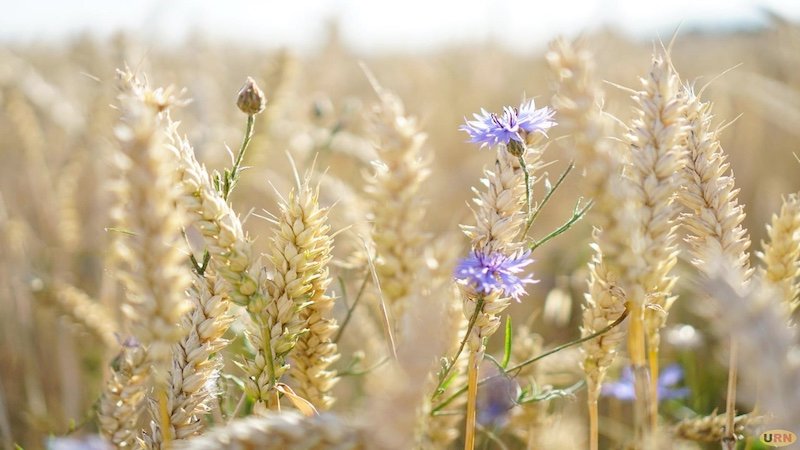Researchers around the world are exploring innovations and new technologies for fibres in textiles, hygiene products and packaging.
Cellulose-based textile materials can make the clothing sector more sustainable. Currently,cellulose-based textiles are mainly made from wood, but a study headed by researchers from Chalmers University of Technology in Sweden points to the possibility of using agricultural waste from wheat and oats.
The method is easier and requires fewer chemicals than manufacturing forest-based cellulose, and can enhance the value of waste products from agriculture. Making clothing from water-intensive cotton has a major impact on the climate. That’s why cellulose from other raw materials has come into focus in recent years as a more resource-smart method of textile production.
The main source for the production of staple fibres or filaments such as viscose, lyocell, modal or other types of new cellulose fibres is wood-based chemical pulp. At the same time, new sources such as agricultural wastes and fibres, paper grade pulp and recycled textiles are emerging on a global scale, with a variety of new sources and companies contributing new technologies, processing methods and ideas.
Up to now, the efforts have concentrated on wood-based cellulose. But in a recently published study, researchers investigated a different path for cellulose fibre manufacture, by using waste products from agriculture, which Sweden has a lot of.
The researchers tested oat husks, wheat straw, potato pulp and sugar beet pulp. Oat husks and wheat straw turned out to work best to develop a pulp, called dissolving pulp, which is used to make clothing.
“With this method, which we further developed in this study, we show that you can make textile pulp from certain agricultural waste products,” says Diana Bernin, assistant professor at the department of Chemistry and Chemical Engineering atChalmers and senior researcher in the study.
“This is an important step towards being able to create textiles from waste products instead of using cotton, which isn’t climate-friendly, or wood, a material that we want to use for so many things while also needing to preserve it for the benefit of the climate.”
The team used soda pulping as one part of the process. This means that the raw material is boiled in lye, which makes manufacturing more sustainable.
“Lye doesn’t contain any toxins or substances that impact nature,” she explains. “Soda pulping doesn’t work for wood fibres, so making textile pulp from wheatstraw and oat husks requires fewer chemicals than making forest-based cellulose. It’s also a simpler procedure, in part because it doesn’t require processing such as chipping and debarking. In addition, it increases the economic value of oats and wheat, when leftovers from their production can be used as raw materials for cellulose extraction.”
Bernin says it is likely that several other agricultural waste products can be used for textile manufacture using the method her team developed. She is currently involved in an international project that has found, using the method in this study, that press-cake from grass from fields works very well to create dissolving pulp.
In continued studies that have yet to be published, the researchers have also taken another step towards practical application of the dissolving pulps, creating textile fibres based on pulp from wheat and the press-cake from grass.
In the long run, Bernin sees good opportunities to use the pulp-and-paper industry, which already has technology and processes in place, to make dissolving pulp from agricultural waste.
“If we can make use of our existing industry and adjust their processes instead of building new production facilities, we’ve already come a long way,” she says.
The lead author of the study is Joanna Wojtasz, former postdoc at Chalmers and now a researcher at the innovation company Tree To Textile, which is one of the partners in the project.
“The study shows that there is a lot of potential in agricultural waste,” Wojtasz says.
“We really shouldn’t disregard the opportunity to use this type of cellulose streams for our future clothing.”
The study, Producing Dissolving Pulp from Agricultural Waste was recently published in the scientific journal, RSC Sustainability. The study was funded by Bioinnovation and was conducted in collaboration between Chalmers University of Technology, the innovation company Tree To Textile and IVL Swedish Environmental Research Institute at Bioinnovation’s industrial graduate school Resource-Smart Process.
Worldwide demand for fibres has strongly mirrored GDP for many decades. Having closely monitored markets since 1975, Tecnon OrbiChem predicts a 135-million-ton annual requirement by 2030.
Demand is unlikely to encounter a departure from GDP growth, however, methods for meeting it may be subject to change. The relative contributions of the different fibre types may fluctuate, though polyester will continue to dominate.
With production having tripled since 2000, fibres derived from natural cellulose – a non-petrochemical source– are gaining interest. In the textile industry, cellulose is the fastest-growing fibre group
Related

